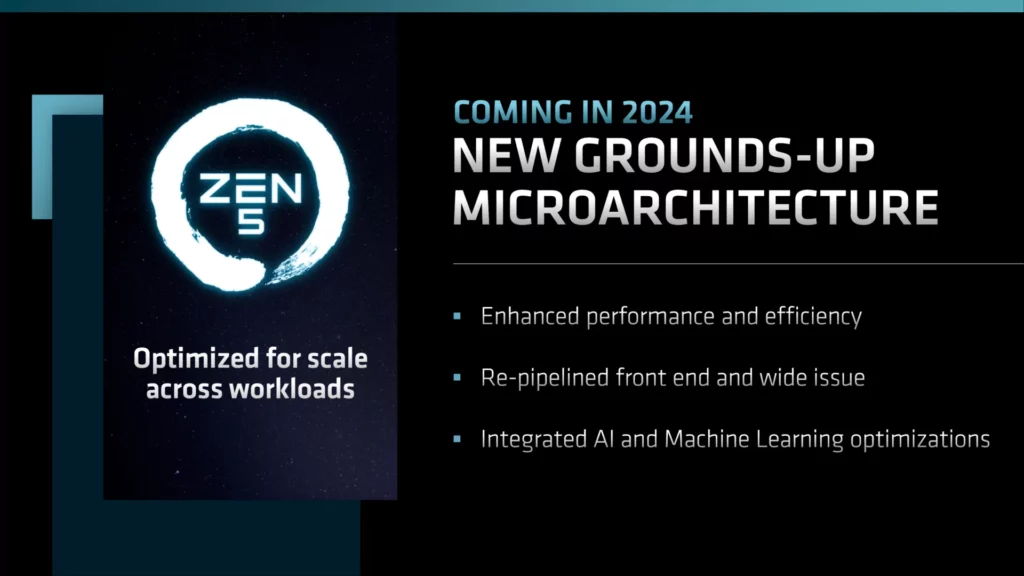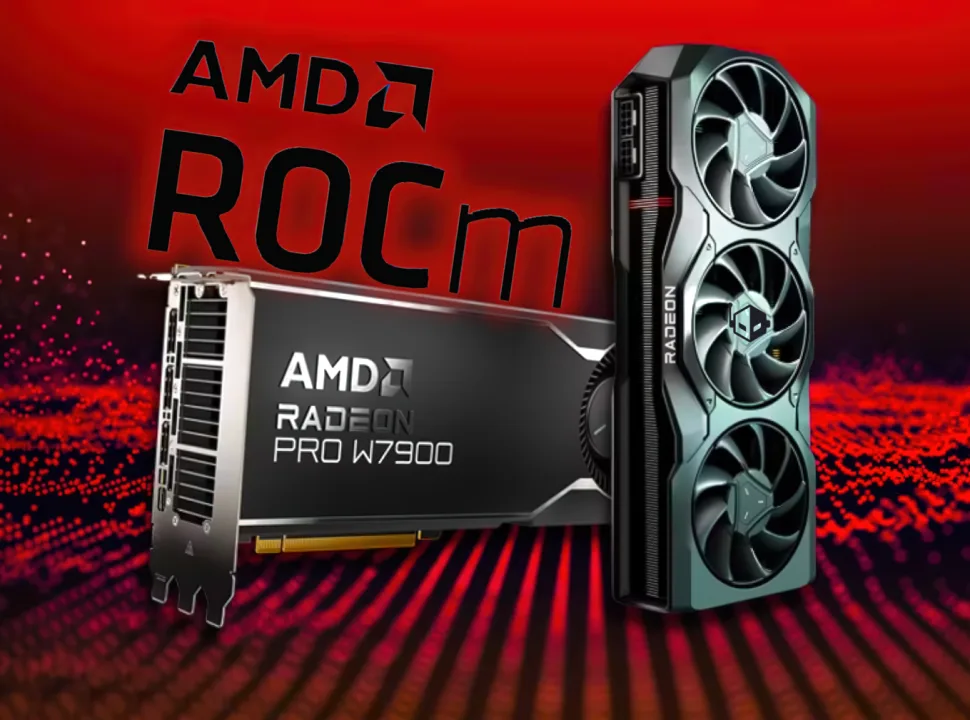Moore’s Law is still alive, according to AMD CEO Dr. Lisa Su, and innovations like chiplets and 3D packaging will help to overcome the difficulties. Moore’s Law is not dead, according to AMD CEO Dr. Lisa Su, but it has slowed down, and new approaches are required to address the issues of performance, efficiency, and cost.
With its first HBM designs back in 2015, chiplet processors in 2017, and the first 3D packaging on a chip with its 3D V-Cache design in 2022, AMD has been the pioneer of advancing 3D packaging and chiplet technology.
The co-founder of Intel, Gordon Moore, proposed Moore’s Law in 1965 (1975), which predicted that the number of transistors would double every year. Although Gordon Moore passed away on March 24th, his legacy continues in the tech industry thanks to Intel and AMD continuing to uphold his law. NVIDIA believes that Moore’s Law has run out of steam and is no longer relevant to its corporate strategy.
The CEO of AMD claims that their company has invested in chiplets and 3D Packaging as of right now, with many more solutions on the way.

The manufacturer of semiconductors will introduce its MI300, a true exa-scale APU that combines different CPU, GPU, and memory IPs in a number of chiplets and 3D dies on a single package. It is a massive chip that will later this year spearhead AMD’s entry into the AI market.
I would certainly say I don’t think Moore’s Law is dead. I think Moore’s Law has slowed down. We have to do different things to continue to get that performance and that energy efficiency.
We’ve done chiplets—that’s been one big step. We’ve now done 3-D packaging. We think there are a number of other innovations, as well.
Software and algorithms are also quite important. I think you need all of these pieces for us to continue this performance trajectory that we’ve all been on.
AMD CEO, Dr. Lisa Su
Lisa added that despite each transitioning process node’s rising cost and declining generation-over-generation performance benefit, they will keep moving forward. AMD claims that it is currently working with 3nm technology and that it is also considering 2nm and beyond. This would result in the Angstrom era or sub-nm, which on the Intel side starts at 20A & 18A, following a similar strategy.
AMD currently offers a few 6nm and 7nm products in between its 5nm and 4nm process node products. The company is anticipated to launch its first 3nm chips early in the following year, likely focusing first on the server market before expanding to the client side.
Also Read:








